Image mosaics use a set of predefined squared images to build a larger image (example here). There are a lot of solutions and it's quite trivial to achieve this effect. However, it becomes much harder with the following constraints:
- The shape of the original mosaics is abstract. Any convex polygon could do.
- Each mosaic can only be used once.
- There is no need for the mosaics to be absolutely packed (i.e. occupying 100% of the canvas), but they should be as packed as possible without overlapping.
I'm trying to automatize the ancient art of tesselation, specifically the Opus palladianum technique.
My idea is to use simulated annealing or some other heuristic to optimize the position and rotation of each irregular mosaic, swaping two in each iteration, trying to minimize some energy function that reflects the similarity to the target image as well as the "packness" of the tiles. I'm trying to achieve this in python, any ideas and help would be greatly appreciated.
Example:
